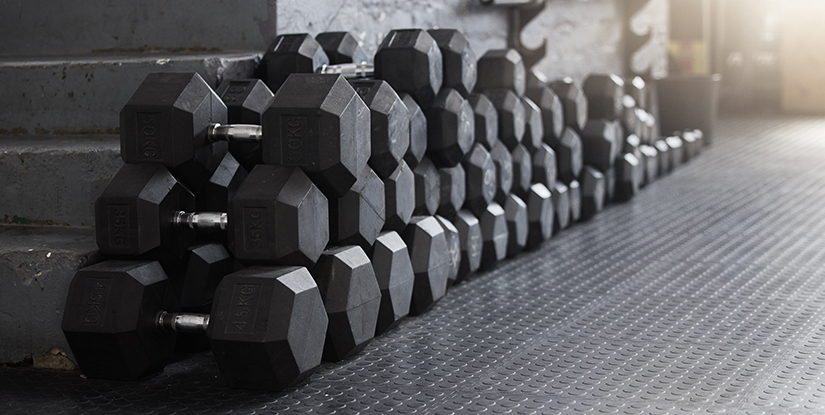what equipment does lifetime fitness have

Overview of Lifetime Fitness Equipment Landscape
\nLifetime Fitness clubs are designed to offer a broad, accessible range of equipment that supports a wide variety of goals—from fat loss and hypertrophy to functional fitness and recovery. While exact inventories vary by location and club size, most Lifetime locations share core categories and quality standards. Across the network, you’ll typically find cardio, strength training, functional training zones, and wellness amenities that together create a seamless training environment. It is also common for Lifetime clubs to partner with premium manufacturers to ensure durability, reliability, and modern features that enhance workouts, provide real-time feedback, and support program progression.
\nBrand diversity is a hallmark of Lifetime Fitness inventory. Major manufacturers such as Life Fitness, Precor, Technogym, Matrix, and Hammer Strength are frequently represented across cardio, strength, and functional zones. This mix allows for a balance of user experience (ergonomics, feel, and programmability) and robust performance (load, resistance, and durability). However, the exact mix and models will depend on club age, floor plan, and member demand.
\nTo give a practical sense of what to expect, consider these typical ranges observed in larger Lifetime clubs. These figures are indicative rather than universal:
\n- \n
- Cardio area: 100–180 machines, including treadmills, ellipticals, stationary bikes, and rowers, spread across multiple zones for flow and traffic management. \n
- Strength area: 60–120 weight machines and plate-loaded stations, plus several multi-gyms to accommodate varied resistance training styles. \n
- Free weights and benches: multiple racks with a broad weight spectrum (often 5–125 lb plates, plus barbells and adjustable benches). \n
- Functional and group zones: cable systems, resistance rigs, kettlebells, medicine balls, slam balls, and functional training rigs for circuit-based or small-group work. \n
- Recovery and mobility: foam rollers, massage tools, mobility stations, and sometimes dedicated stretching spaces. \n
Real-world applications: prospective members choosing a club can assess equipment by zone, observe peak-time usage to gauge crowding, and request a guided walkthrough of the setup. For staff trainers, the key is to align the inventory with member goals—offering beginner-friendly paths in the cardio zone, progressive resistance rails in the strength area, and clear movement cues in the functional spaces.
\nBrand Diversity and Inventory Variability
\nBecause Lifetime Fitness operates across many markets, inventory decisions reflect local demographics, space constraints, and maintenance cycles. Some clubs emphasize high-end cardiovascular consoles with interactive programs and connectivity, while others prioritize a high-volume free-weight area with ample benches and racks. The practical takeaway for members is to understand not just what equipment exists, but how it’s maintained, how often it’s updated, and how staff can tailor equipment choices to individual programs. In addition, clubs typically rotate equipment or upgrade select models periodically to keep up with evolving fitness trends and safety standards.
\n
